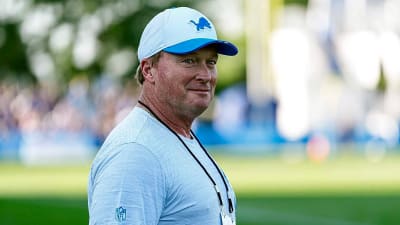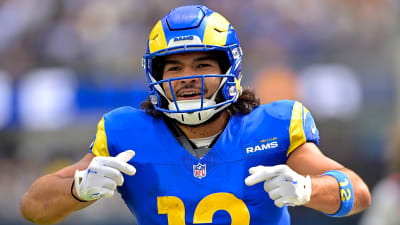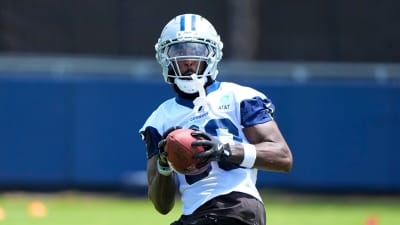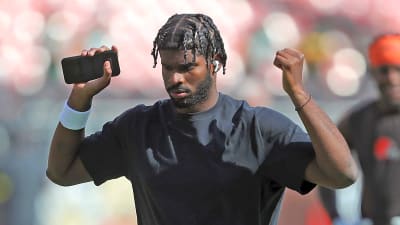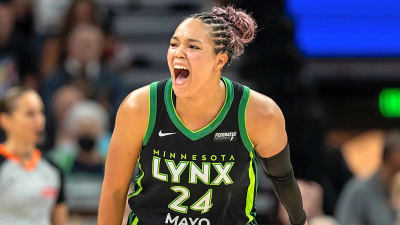
The New York Giants have a solid opportunity to go 2-0 to start the Jaxson Dart era against the New Orleans Saints. Let’s take a look at how they would have to attack the Saints defense to find success.
Personnel
The Saints' defensive front has been underwhelming to start the 2025 campaign, only generating pressure on 22.1% of their pass defense snaps, the lowest pressure rate in the NFL.
While their team's success has been poor there, Carl Granderson has already recorded 4.5 sacks this season, which is the second-most in the league so far. The issue there is that when he isn’t getting sacks, he’s pretty invisible as a pass-rusher.
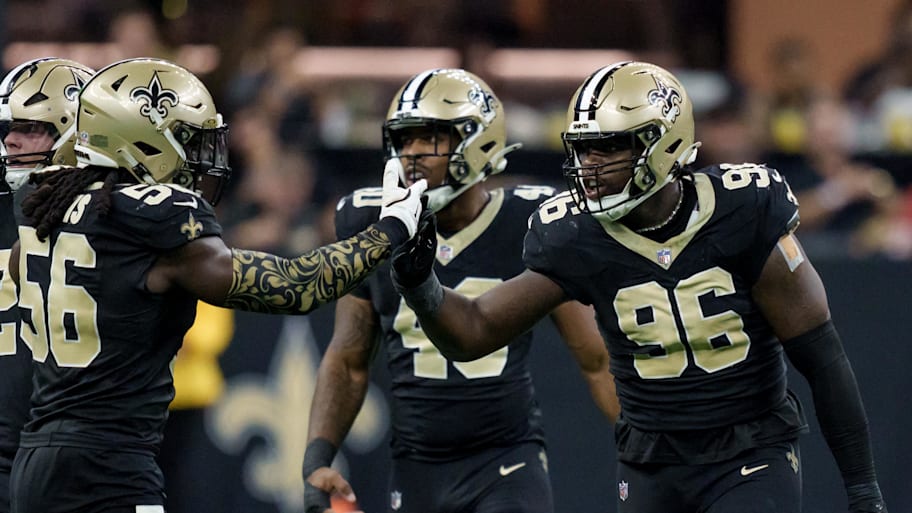
Cameron Jordan and Chris Rumph II are the other edge rushers in this defense, and both have been solid but not very impactful.
Jordan isn’t the pass-rusher he once was, but he’s still a very stout run defender who provides a rush from time to time. Meanwhile, Rumph has come into his own this year after spending his rookie contract with the Chargers being a ghost.
On the interior, Bryan Bresee has been the leading pressure-generator for the Saints with 11 on the year. For comparison's sake, that would be fourth on the Giants. Bresee does most of his damage lining up as the 3-tech, but he will also play as the 5-tech in certain situations.
On the interior with him are Nathan Shepherd and Davon Godchaux. Both will play at the nose tackle spot, with Godchaux primarily playing there and Shepherd moving around the formation, playing anywhere from 0-tech to lining up on the edge.
Similar to the Los Angeles Chargers last week, the Saints almost exclusively use two linebackers: Demario Davis and Pete Werner.
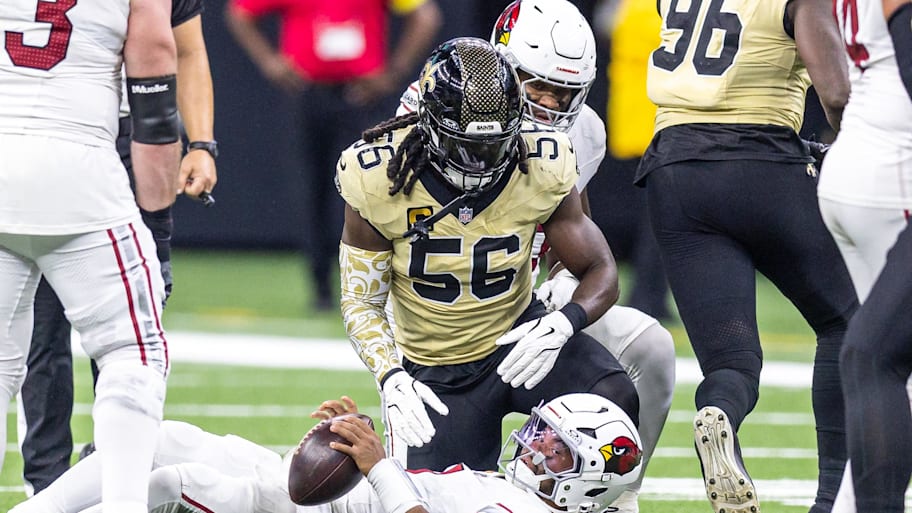
Davis is still nothing short of an absolute beast from the off-ball linebacker spot and is a very strong run defender who remains reliable in coverage.
He’ll give up underneath completions, but he’ll also immediately make the stop and limit yards after the catch.
Werner, on the other hand, has had a very rough start to 2025. To be fair, he’s also being asked to do less than ever before, which might be contributing to his lack of production.
Throughout his career, Werner was a player who would often play off the ball and line up on the edge situationally. This year, he’s almost exclusively played off-ball.
Kool-Aid McKinstry is the CB1 for the Saints this year, and while he showed flashes, the lack of pass-rush doesn’t exactly help the secondary.
Alontae Taylor starts at the opposite corner of McKinstry. When the defense goes into the nickel, Taylor moves into the nickel, and one-time Giant Isaac Yiadom lines up as the corner opposite McKinstry.
Opposing quarterbacks currently have a passer rating of 154.4 when targeting McKinstry, 128.4 when targeting Taylor, and 105.8 when targeting Yiadom.
At safety, Justin Reid is still very impressive with his play. He remains a reliable tackler in most situations and moves throughout the defensive formation, playing anywhere from the deep safety spot to the line of scrimmage.
Opposite Reid is Jonas Sanker, who has impressed so far as the deep safety. When he comes down into the box, things haven’t gone as smoothly for him, but he’s still a rookie who’s shown plenty of promise.
Scheme
Coverage-wise, the Saints currently play Cover 3 at a higher rate (eighth-most in NFL) than almost any other defense in the NFL, followed by Cover 4. When they play man coverage, it's typically Cover 1.
The Saints have a fairly conservative defense, with an average blitz rate. Instead of blitzing, they opt to run “creepers” or simulate pressures. Creepers, as we have discussed before, are also known as replacement blitzes.
In a “creeper,” the defense lines up in a normal formation, blitzes an off-ball player, also known as a non-traditional rusher, and drops a traditional rusher, such as a defensive lineman, into coverage.
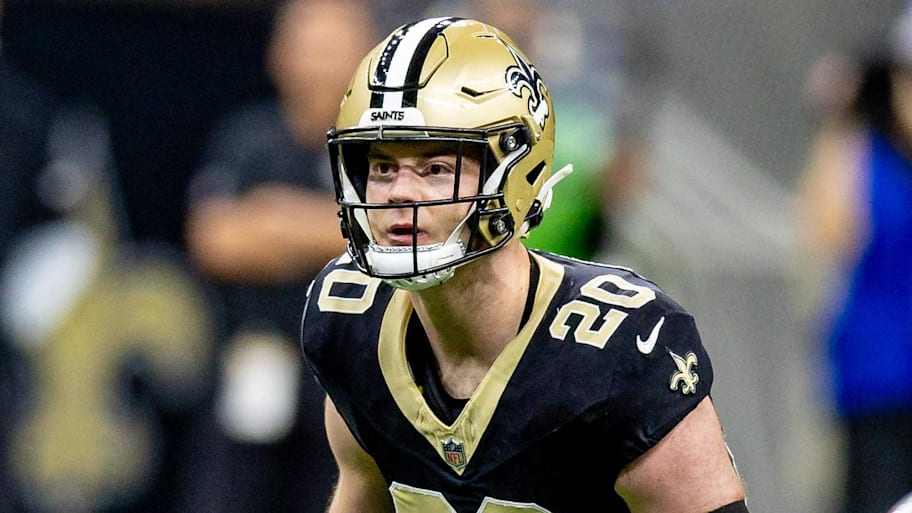
In creepers, an off-ball linebacker could blitz while an edge rusher drops into coverage.
Sim pressures occur when a defense indicates it is blitzing, but then only rushes four and still drops seven defenders in coverage.
The purpose of this is to cause a quarterback to hesitate for a second, allowing the defense to read the play and buy your pass-rush a little more time, and also overload one side of the line to generate pressure.
Whether it’s blitzing, a creeper, or sim pressure, the Saints will usually blitz either Davis, Taylor, or Werner, while dropping Granderson or Rumph into coverage.
What this means for the Giants
The Giants should look to attack the soft spots in coverage. If the Saints have an edge defender in coverage, they’re usually worse defenders in coverage, and so you can throw to their area and test them.
Conversely, if Dart identifies who is rushing, he can throw to that vacancy left before another rotating defender fills it.
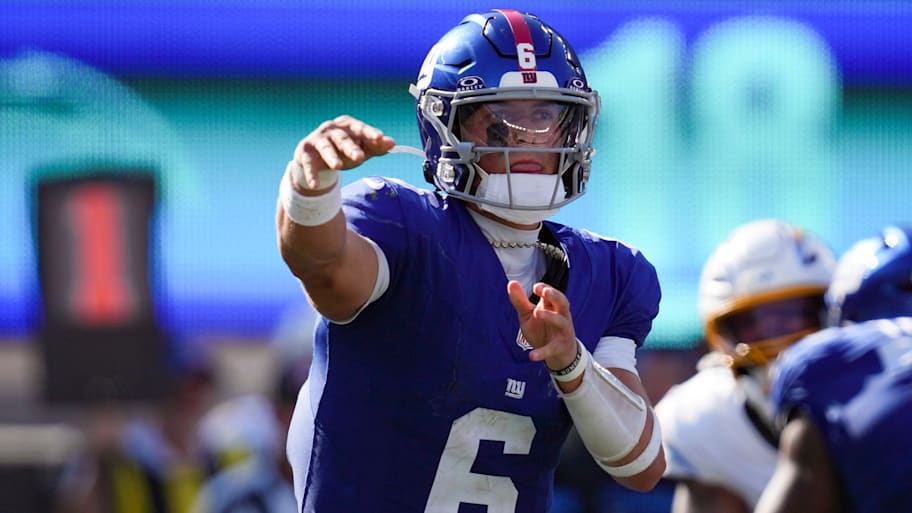
The Giants and Dart should have ample time in the pocket to throw the football due to the Saints' poor pass rush.
I would also look for Dart to test the secondary downfield. This is the same secondary that has allowed six passing touchdowns so far this year and has only intercepted one pass.
Mobile quarterbacks have also found success using their legs against the Saints' defense. The Giants should look to exploit that with Dart.
More must-reads:
- Dolphins' situation with Tyreek Hill is complicated, but they have a firm stance on his future
- What Bears need to fix, build upon amid bye week
- The 'Active multiple 140-receiving-yard games' quiz
Customize Your Newsletter
 +
+
Get the latest news and rumors, customized to your favorite sports and teams. Emailed daily. Always free!

